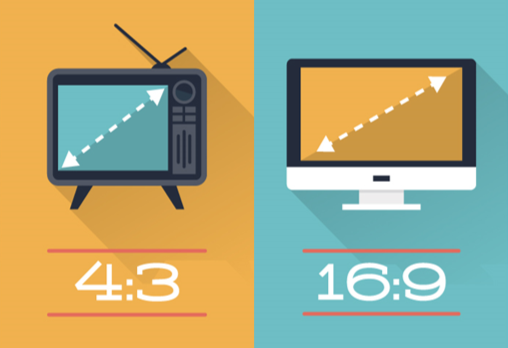Choosing your whiteboard’s perfect partner needn’t be a stressful or time consuming procedure. Our knowledge and expertise means we can recommend the best projector based on the room and your requirements; however OmniCom believe you too should be educated on the reasons behind our choices.
DLP v LCD.
Good quality projection is more than affordable however there are some factors to consider. First things first, you must choose a category, either Digital Light Processing (DLP) or Liquid Crystal Display (LCD). Although ultimately, both projectors do the same job, there are some slight differences that makes them better suited to different types of users.
DLP projectors tend to be much smaller, so are perfect for those who require some degree of portability. In terms of image quality, DLP is said to project video much crisper than LCD and are less prone to pixilation.
LCD’s however, provide a much deeper, richer saturation of colours and the image is much sharper. They’re also much more lamp-efficient. This means that for the same wattage, LCDs can produce a much higher amount of lumens (essentially, it’s much easier to see in a well-lit room).

Throw Lengths and Ports.
Short throw projectors mean you’re able to create a large image at a short distance, whereas long throw means you’re able to create smaller, sharper images at long distances. Basically, the ratio is calculated by dividing the distance by the width.
Some things to consider:
- What’s the distance between the projector and the projection screen?
- How likely is it that people will be walking in front of the display?
- How large do you want the image?
- How sharp do you want the image to be?
- How bright is the room?
In this day and age, there’s also one essential for all projectors to have – HDMI. The quality and versatility of HDMI makes it a perfect connection point for laptops, games consoles and your PC. Thankfully, most projectors do come with a HDMI port, as well as VGA. Also look out for MHL (Mobile High-Definition Link) which lets you link up portable devices such as your smartphone and tablet.
Image Quality.
There is no exact science to selecting the correct projector as everyone’s needs are difference and some features work better in certain contexts.
4:3 projectors tend to be cheaper and are designed for simple tasks such as displaying presentations. Widescreen projectors (16:9) are preferred when showing expansive images from films or games. Obviously, there is a difference in price between the two, however widescreen projection is a must for those planning on using the device for multimedia purposes.
Widescreen projection also means you must avoid a number of certain resolutions. 4:3 aspect ratios tend to come in projectors with SVGA (800X600) or XGA (1024X768) resolutions. Again, these are best suited to simple tasks.
If you’re planning on using the projector for viewing images, films or gaming you’re most suited to a HD ready projector. Based on that, choose from standard HD (1280×720), WXGA (1280X800) or Full HD (1920X1080). Pricewise, these resolutions don’t stretch too far apart from one another.
Lumens are another important consideration as it needs to be matched suitably to the room it’ll be placed in. The higher lumens, the brighter the lamp. The more lumens then means the brighter your room can be with the image still visible – e.g. a school hall with large windows would probably require more lumens than a smaller classroom in the shade.
Interested in receiving a projector quote or just need some more information on what we can supply? Request a quotation or give us a call on (0191) 386 6222.

